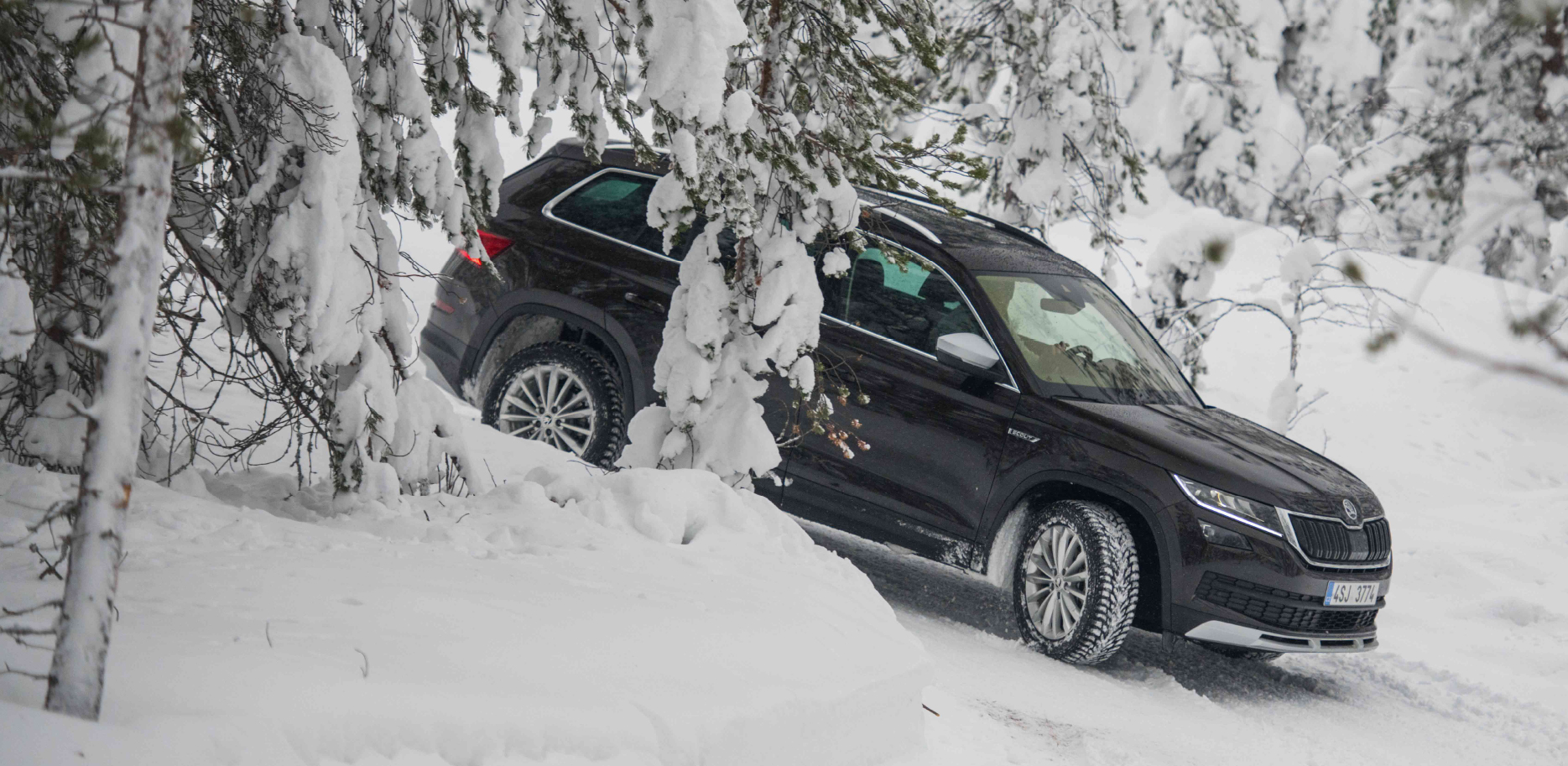A School of Driving on Ice and Snow: KAROQ and KODIAQ Won’t Let You Down

Thanks to smart all-wheel drive, ŠKODA’s modern vehicles are even able to deal with the harsh conditions found beyond the polar circle. We’ll teach you how to get the most out of what your car can accomplish.
2. 3. 2018 ModelsMedia Box
15 images
Show more
Show less



































